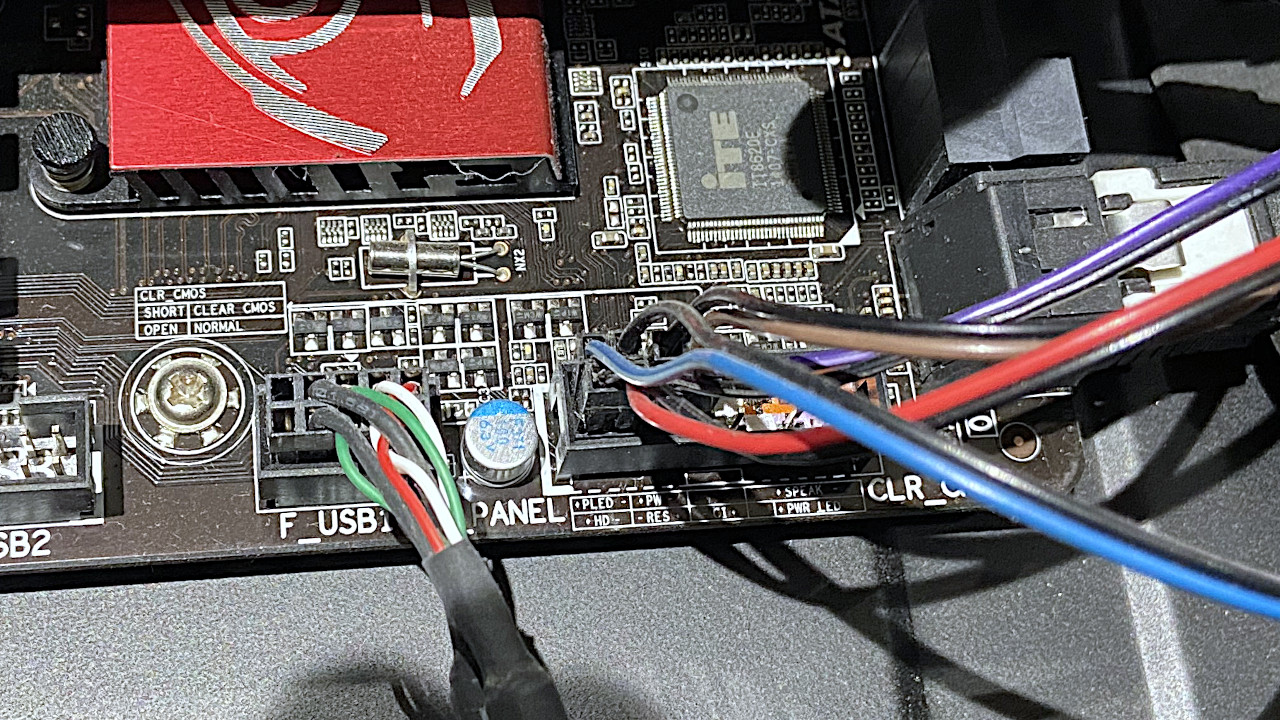When building or troubleshooting a computer, the power switch on motherboard plays a crucial role in initiating the system. Many users wonder how this small component influences the entire boot process and what to do if their PC won’t power on. In this guide, we’ll explore the significance of the power switch on motherboard, its functions, and common troubleshooting tips to keep your system running smoothly.
What Is the Power Switch on Motherboard?
The power switch on motherboard is a small pin or set of pins located on the motherboard itself. It connects to the computer’s case power button, allowing you to turn the system on or off. Essentially, it acts as a relay that sends a signal to the motherboard’s power management system to start the boot process.
How Does the Power Switch Work?
When you press the power button on your PC case, it closes a circuit that signals the motherboard to initiate startup. The motherboard then activates the power supply, which supplies energy to the entire system, leading to the boot sequence. The connection between the case’s power button and the motherboard’s power switch pins is vital for this process.
Locating and Identifying the Power Switch Pins
If you’re assembling a new PC or troubleshooting, knowing how to locate the power switch pins is essential. These pins are usually labeled on the motherboard and are often found near the CMOS battery or along the edge of the board. Consult your motherboard’s manual for precise pin layout diagrams. Once located, you can use a small screwdriver or a jumper wire to test or connect the power switch if needed.
Troubleshooting Common Issues Related to the Power Switch
- System Won’t Power On: Ensure the power switch on your case is properly connected to the motherboard’s power switch pins. If the connection is loose or damaged, the system might not start.
- Short Circuit or Faulty Switch: Sometimes, the power switch on the case or the motherboard might be faulty. Testing with a different switch or bypassing the switch by bridging the pins can help identify the problem.
- No Power Indication: Check if the power supply is functioning correctly and providing power to the motherboard. Also, inspect the power switch connections and ensure they are firmly in place.
Replacing or Repairing the Power Switch
If you determine that the power switch on your motherboard or case is faulty, replacing it can resolve startup issues. For case switches, this typically involves opening the case and reconnecting or replacing the switch. For the motherboard, ensuring the pins are intact and clean may help. In some cases, a new motherboard might be necessary if the switch pins or circuitry are damaged beyond repair.
Additional Tips for Managing Power on Motherboard
Always consult your motherboard’s manual for specific instructions regarding the power switch connection and troubleshooting. When working inside your PC, make sure to disconnect the power supply to prevent electrical shock. Proper handling and careful inspection can save time and prevent damage.
Conclusion
The power switch on motherboard is an essential component in the startup process of your PC. Understanding how it works and how to troubleshoot related issues can make building or maintaining your computer much simpler. For more resources and detailed guides, visit the TechAnta homepage and enhance your knowledge about PC hardware and troubleshooting.
